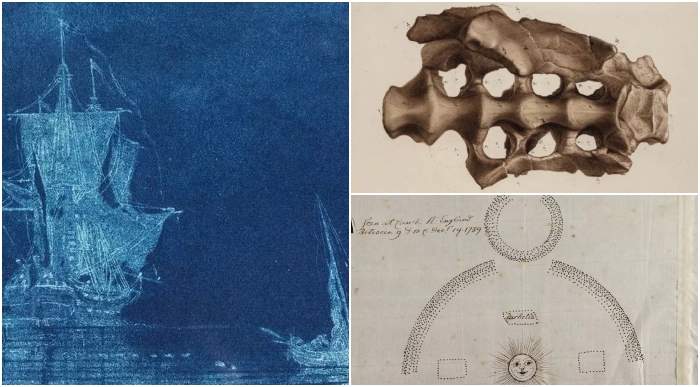The Royal Society’s archives are treasure troves of scientific history and innovation. From the first letter written by a woman to the discovery of new planets and early attempts at photography, the society’s journal – Philosophical Transactions – is filled with pioneering work and fascinating insights. This article will explore some of the remarkable contributions found within these archives, revealing hidden stories of discovery and creativity.
Interesting History Preserved
Martha Gerrish’s 1734 letter describing a rare astronomical sight called a Parhelion, or ‘sun dog,’ stands out as the first known letter sent to the Royal Society by a woman in her name. During a time when women’s access to formal education was limited, and they were not seen as intellectual equals to men, Gerrish’s letter was a bold statement. Her acknowledgment of gender imbalance underscores the unacknowledged contributions of women to science. Royal Society historian Louisiane Ferlier explains that this letter demonstrates women’s involvement in scientific exploration even when their work remained hidden.
The Victorian era brought forth fascinating discoveries of dinosaurs on the Jurassic coast in southern England. Notably, Gideon Mantell’s detailed drawings, some made by his wife, were essential in deciphering dinosaur anatomy before photography’s invention. These intricate drawings helped anatomists and collectors piece together the bones, forming a comprehensive understanding of these prehistoric creatures, as Royal Society librarian Keith Moore emphasizes.

The archives also house the remarkable letter from William Herschel, who discovered the planet Uranus in 1782. Utilizing a powerful new telescope, Herschel’s discovery was a shocking revelation, as it challenged the existing understanding of the skies. Interestingly, Herschel initially wanted to name the planet “Georgium Sidus” after King George III, a proposal that would have altered the planetary nomenclature we know today.
Additionally, the archives offer a glimpse into early photography experiments in the 1830s and 1840s. Long before digital technology became ubiquitous, inventors were experimenting with capturing images, and some of the first attempts were sent to the Royal Society. These early endeavors laid the foundation for a field that would eventually revolutionize the way we see and document the world.